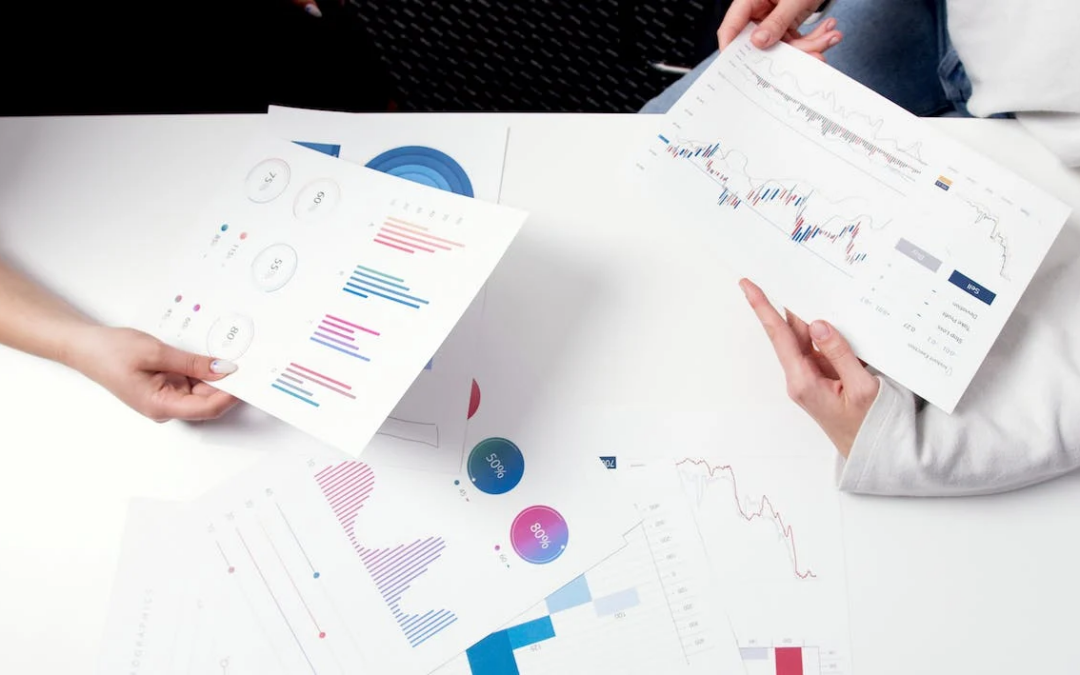In today’s data-driven world, the ability to effectively visualize and communicate data is a critical skill. Data visualization not only helps us understand complex information but also enables us to make informed decisions and uncover hidden insights. While charts and graphs have long been the go-to tools for data visualization, there’s another powerful tool that often goes overlooked – worksheet diagrams.
Worksheet diagrams created at Storyboard That, a perfect tool to create storyboards, comics, graphic organizers, and powerful visual assets, is a versatile and underutilized way to visualize data, especially in spreadsheet software like Microsoft Excel or Google Sheets. They provide a unique and effective approach to representing data relationships, hierarchies, and dependencies. In this blog post, we will explore the power of visualizing data with worksheet diagrams and how they can enhance your analysis and communication.
What Are Worksheet Diagrams?
Before delving into their benefits, let’s clarify what worksheet diagrams are. Worksheet diagrams are visual representations of data structures within a worksheet. They typically include shapes, connectors, and text annotations to illustrate relationships between different elements of the data. These diagrams can be simple flowcharts or complex network diagrams, depending on the complexity of the data being visualized.
Worksheet diagrams offer a dynamic and interactive way to explore and understand data. They are particularly useful when dealing with large datasets or when trying to convey intricate connections between points.
Enhancing Data Understanding
One of the primary benefits of using worksheet diagrams is their ability to enhance data understanding. Traditional tables and charts can sometimes fall short of conveying the context and relationships within the data. With worksheet diagrams, you can create visual representations that make it easier to grasp the underlying structure of your data.

For example, imagine you’re working with a spreadsheet that contains information about a company’s organizational hierarchy. Instead of scrolling through rows and columns of data, you can create a hierarchical diagram that visually represents the reporting relationships, departments, and roles within the organization. This not only simplifies the data but also allows you to quickly identify patterns and anomalies.
Simplifying Complex Data
Worksheet diagrams are invaluable when dealing with complex sets. They allow you to simplify intricate data relationships and dependencies by breaking them down into manageable visual elements. This simplification makes it easier to analyze and communicate complex information effectively.
Let’s say you are working on a project involving supply chain management. Visualizing the entire supply chain, including suppliers, manufacturers, distributors, and retailers, can be overwhelming when presented as a table or spreadsheet. However, with a well-designed worksheet diagram, you can create a clear and concise representation of the supply chain’s flow, identifying bottlenecks or areas for optimization at a glance.
Facilitating Decision-Making
Data-driven decision-making is at the core of successful organizations. Worksheet diagrams play a crucial role in facilitating this process by providing decision-makers with a visual roadmap. When stakeholders can see the big picture and understand how different variables or factors are interconnected, they can make more informed decisions.
Consider a scenario where you are analyzing the financial performance of a company. Instead of presenting a static table of numbers, you can create a dynamic dashboard with worksheet diagrams that show revenue streams, cost breakdowns, and profitability trends. This visual representation allows executives to quickly identify areas that require attention and make strategic decisions.
Improving Data Communication
Effective data communication is essential for conveying insights and recommendations to colleagues, clients, or team members. Worksheet diagrams offer a compelling way to communicate complex data in a visually appealing and engaging manner. They can be used in presentations, reports, or even shared online for collaborative analysis.

Let’s say you are working on a project team, and you need to present your findings to a diverse audience with varying levels of expertise. By incorporating worksheet diagrams into your presentation, you can cater to different learning styles and ensure that everyone understands the key takeaways. Visual aids often make data more accessible and memorable, leading to more productive discussions and decisions.
Ideal Practices for Creating Worksheet Diagrams
To harness the power of worksheet diagrams effectively, consider the following best practices:
- Plan your layout: Before you start creating a worksheet diagram, sketch out the structure and relationships you want to visualize. Having a clear plan will save you time and ensure a more effective diagram.
- Use consistent formatting: Maintain consistency in the formatting of shapes, colors, and labels to make your diagram visually appealing and easy to understand.
- Keep it simple: While worksheet diagrams can handle complexity, strive for simplicity in your design. Overly complex diagrams can become confusing and defeat their purpose.
- Label your elements: Add descriptive labels and annotations to clarify the meaning of each element in your diagram. This helps viewers understand the context.
- Test interactivity: If you’re creating an interactive dashboard, thoroughly test its functionality to ensure a smooth user experience.
- Seek feedback: Don’t hesitate to gather feedback from colleagues or stakeholders to improve your worksheet diagrams. Fresh perspectives can lead to valuable enhancements.
Conclusion
Worksheet diagrams offer a powerful way to visualize, simplify, and communicate data. Whether you’re analyzing financial data, mapping out organizational structures, or tracking complex processes, these diagrams can enhance your data understanding, facilitate decision-making, and improve data communication. Embrace the power of worksheet diagrams and take your analysis and reporting to the next level. As the saying goes, a picture is worth a thousand words, and in the world of data, a well-crafted worksheet diagram can be worth a thousand insights.

